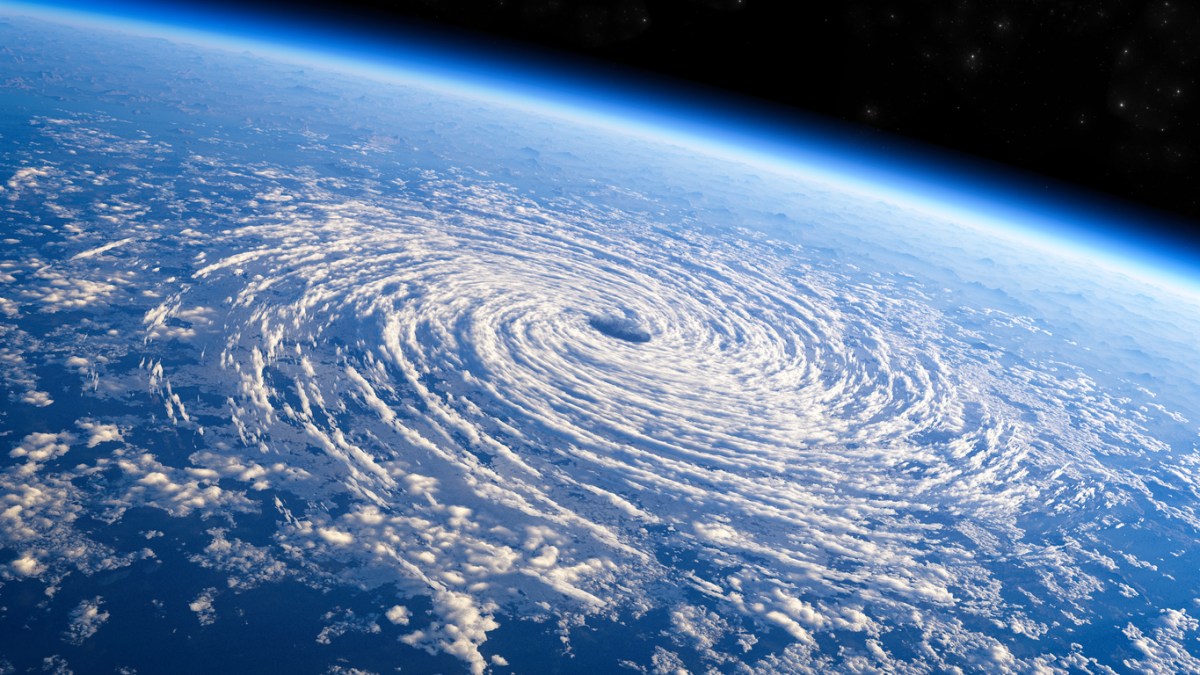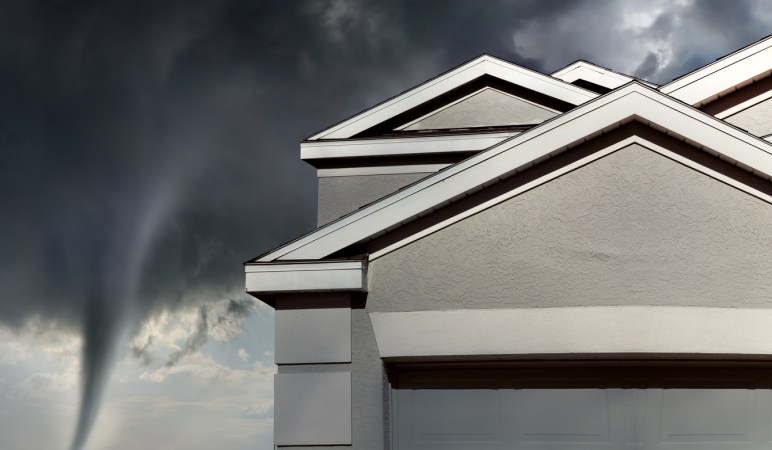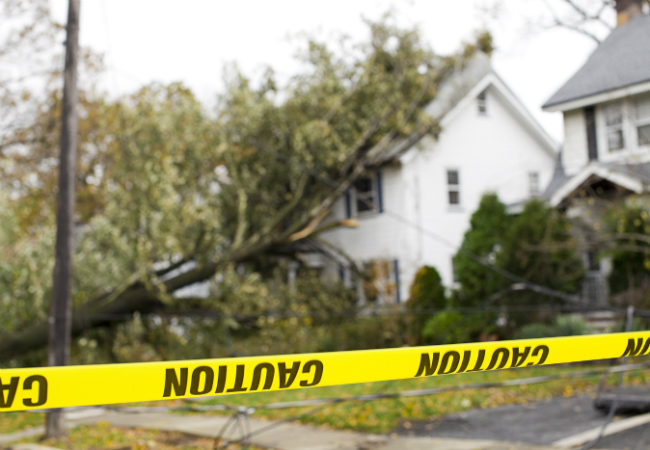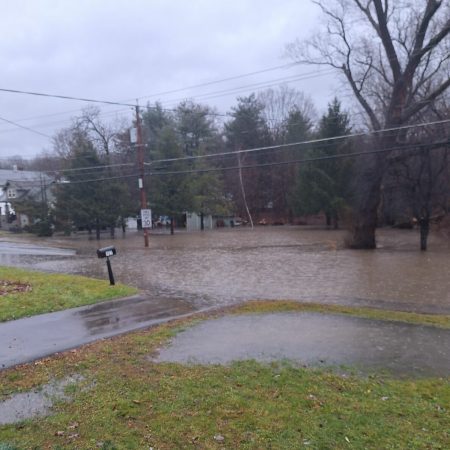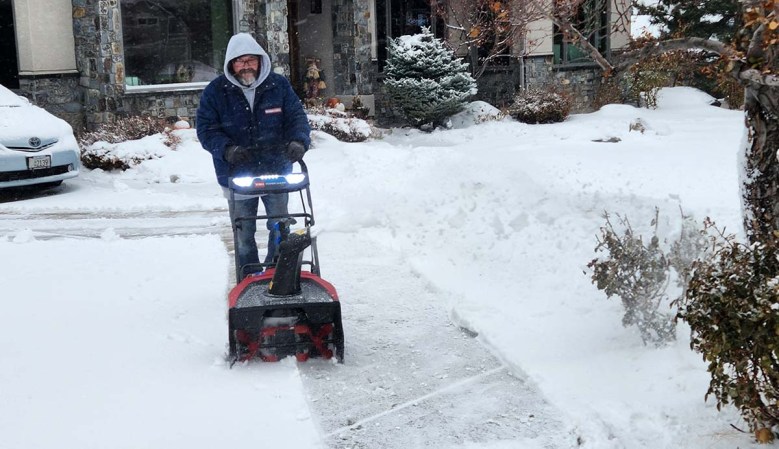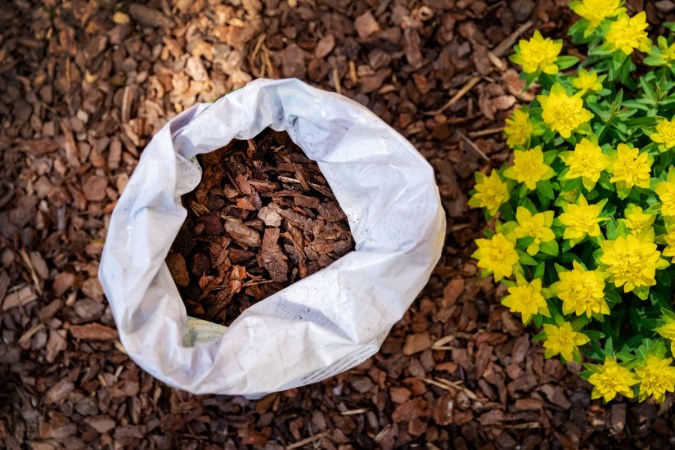We may earn revenue from the products available on this page and participate in affiliate programs. Learn More ›
The 2022 hurricane season began a little late, but wrapped up the third year of highly active seasons, partly thanks to a La Niña weather pattern. In Florida, Hurricane Ian brought major damage to southwest Florida in September with its Category 5 winds and storm surge.
Hurricane season 2023 began on June 1 and ends in November. Scientists cite a high likelihood that this year, however, that La Niña’s warmer counterpart El Niño will rule hurricane season with its warmer tropical Pacific sea surface temperatures. Nearly every year presents a few exceptions to the rule, but forecasters with the Climate Prediction Center report a 40 percent chance that the 2023 Atlantic hurricane season will be normal. Conditions could favor a slightly more active Eastern Pacific hurricane season, however.
What counts as “nearly normal” for a hurricane forecast? The National Oceanic and Atmospheric Administration (NOAA) forecasts 12 to 17 named Atlantic storms, five to nine of which will become hurricanes. Of these, one to four could become category 3 or higher storms with winds upward of 111 miles per hour (mph). The reason activity should return to normal is that those warmer Pacific temperatures can suppress activity in the Atlantic. However, other factors are at play, such as west African monsoons and long-term variability in ocean conditions and the atmosphere above, which could add to chances of a more active 2023 Atlantic hurricane season.
Regardless, the NOAA hurricane center listed 21 tropical cyclone names at the ready for the 2023 Atlantic hurricane season, and used only the first, Arlene, for a tropical storm near Florida June 1 to 3. In addition to improving early warning ability for major storms, the National Hurricane Center has improved its storm surge models to better predict severe flooding.
Learn the basics about when is hurricane season and what to expect over the next few months, as well as how to prepare.
What is a hurricane?
A hurricane is a tropical cyclone, which is a type of storm that forms over subtropical or tropical waters. The wind speeds of a tropical cyclone determine whether it is considered a hurricane, a tropical storm, or a tropical depression. In order for a tropical cyclone to be called a hurricane, it must have sustained wind speeds of at least 74 miles per hour (mph). Storms with sustained wind speeds between 39 and 73 mph are called tropical storms, while those with sustained wind speeds less than 39 mph are referred to as tropical depressions.
Tropical cyclones with wind speeds greater than 73 mph are further classified into five categories based on the following ranges:
- Category 1: sustained winds of 74 to 95 mph
- Category 2: sustained winds of 96 to 110 mph
- Category 3: sustained winds of 111 to 129 mph
- Category 4: sustained winds of 130 to 156 mph
- Category 5: sustained winds of 157 mph or more
RELATED: How to Survive a Hurricane: 21 Smart Preps You Can Make Now
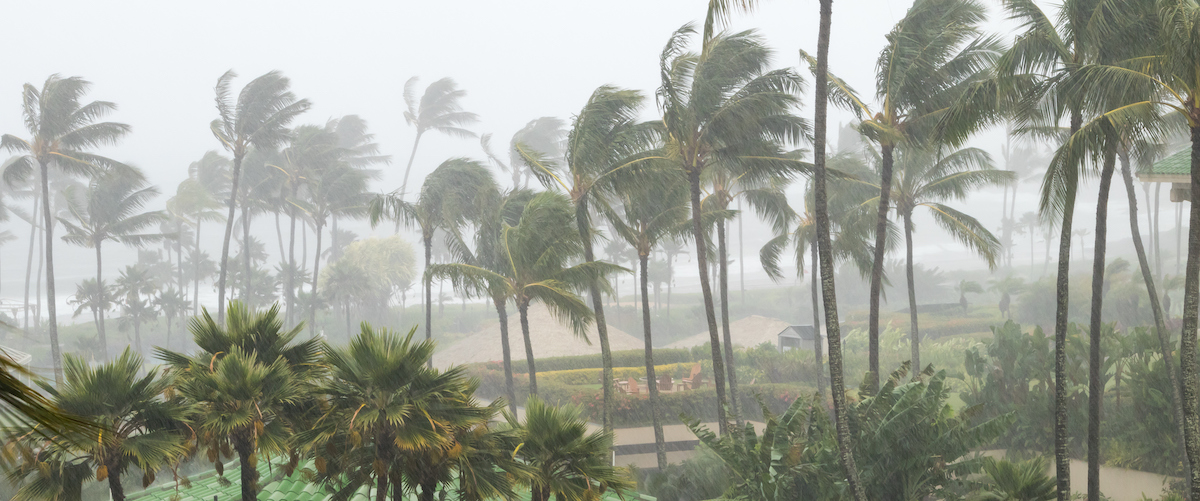
What are the key conditions required for a hurricane to form?
Three key conditions must be present for a hurricane to form: heat, water, and low wind shear. Hurricanes originate in the region just above the equator. The warm air over the ocean rises, and new cooler air takes its place. This creates an area of low pressure. As this process continues, swirls of air begin to form. And, because the warm air cools down as it rises, it condenses, creating clouds. The process continues to repeat itself, generating a growing and spinning system.
Low wind shear is also necessary for a hurricane to form. Wind shear is a change in wind speed and/or direction over a relatively short distance in higher areas of the atmosphere.
Where strong wind shear is present, hurricanes cannot form or strengthen. When wind shear levels are low, however, as can be the case over warmer tropical waters, a hurricane will be able to continue forming and strengthening.
Because of Earth’s rotation, tropical cyclones that form in the Northern Hemisphere rotate counterclockwise, while those in the Southern Hemisphere rotate clockwise. North of the equator these storms are called hurricanes, and south of the equator they’re known as cyclones.
RELATED: 11 Things You Should Never Do During a Hurricane
Atlantic hurricane season spans June through November.
The official dates for the Atlantic hurricane season are June 1 through Nov. 30, although it is possible for hurricanes to form outside of this range. While this is rare, hurricanes forming in the Atlantic have been reported as early as January and as late as December.
With plenty of unpredictability for the 2023 Atlantic hurricane season, computer simulations vary, and the U.K.’s meteorology office has predicted an extremely busy season in the Atlantic. Still, as of June 13, there was no tropical cyclone activity present or predicted for the next few days. That’s not uncommon; the Weather Channel suggested July 27 as the average date the first Atlantic hurricane occurs based on historical data. This is simply an average; the first hurricane can form before or after this date, as was the case with the 2022 season.
Atlantic hurricanes may form in waters anywhere between the central Atlantic Ocean and the Gulf of Mexico. This means that they impact many different regions surrounding the Atlantic Ocean or Gulf of Mexico, including the Caribbean, Central America, the East Coast of the United States, the Gulf Coast of the United States, and eastern Canada.
RELATED: How to Protect Your Windows From Hurricane Damage
Eastern Pacific hurricane season runs from May through November.
When is hurricane season over in the eastern Pacific and when does it start? Hurricane season in the eastern Pacific starts in May, a few weeks earlier than the Atlantic hurricane season. The official start of the eastern Pacific hurricane season is May 15, and the season doesn’t end until Nov. 30. As with the Atlantic hurricane season, it’s entirely possible to see hurricanes forming outside of these dates.
For 2023, NOAA predicts a more active season than normal in the Eastern Pacific with up to eight major hurricanes. As of June 13, no storms had formed or were developing. Most of the region’s hurricanes form off the coast of central Mexico, where the water is warm. However, between the easterly winds and the colder water temperatures found in the Pacific Ocean near the coast, Pacific hurricanes tend to head toward Asia instead of the West Coast of the United States.
Peak hurricane season for both U.S. coasts is between August and October.
While hurricane season starts in May or June and doesn’t officially end until the last day of November, hurricanes in the Atlantic and Pacific are most likely to form between August and October. In most years, 90 percent of hurricanes will form during these three months, with Sept. 10 representing the statistical peak of the season.
While the period between August and October represents the peak of hurricane season, this does not mean that hurricanes that occur outside of these months will be milder or less severe. Strong storms can develop at any point during hurricane season, so you should always be prepared.
RELATED: Buyer’s Guide: The Best Emergency Radios
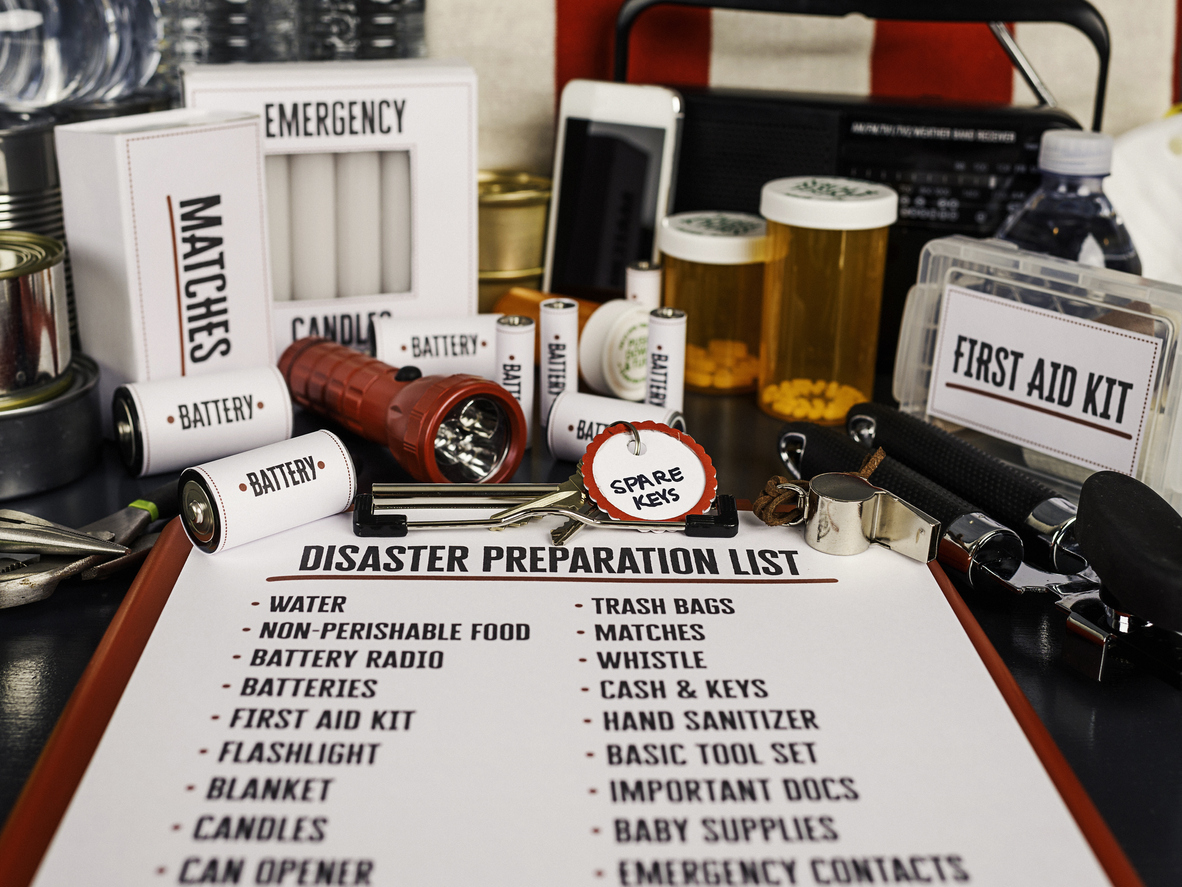
The best hurricane preparation is education.
Whether you live in a hurricane-prone region or are planning on moving to or visiting such an area, it is important to understand what hurricanes are, how long is hurricane season, the NOAA hurricane forecast, and relevant terminology. Increasing your understanding of these topics will help you make preparations and decisions that will keep you and your loved ones safe from the destruction that hurricanes leave in their path.
Keep yourself up to date with the NOAA weather forecasts and predictions for your area, and always heed the advice of meteorologists and local officials regarding warnings and evacuations. Start making a plan now, and take steps to prepare for hurricane season.

